Forensic scientists are gaining an edge on crime
Technical advances help reveal hidden fingerprints and identify missing people
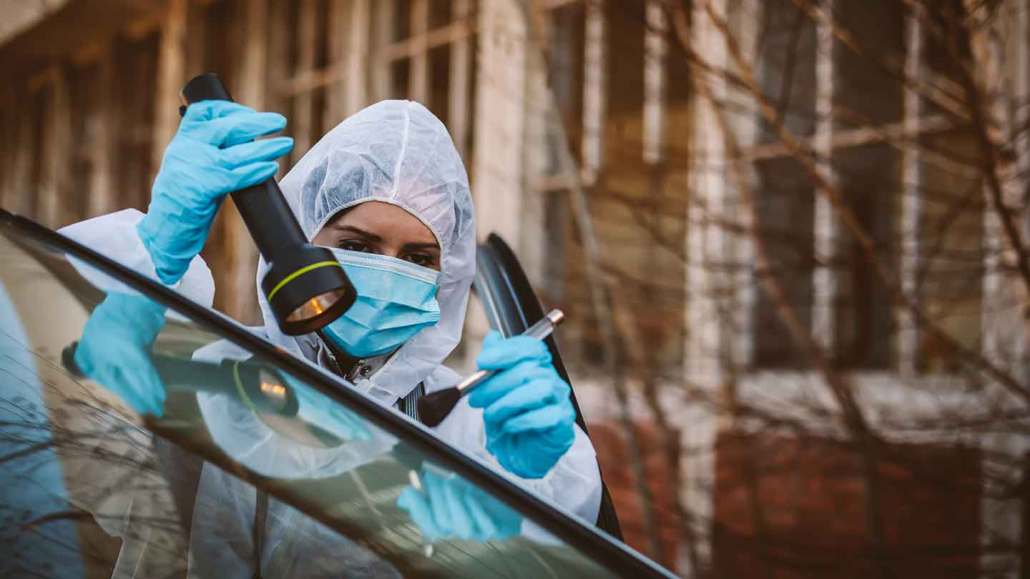
Forensics teams often “dust for prints” to find evidence that can identify precisely whose fingers touched something at a crime scene. Some of those prints may have been too faint to detect — until now. A new chemical technique can reveal hidden ones. It’s among a host of new developments to aid crime-solvers.
Milan Markovic/E+/Getty Images Plus
Share this:
- Share via email (Opens in new window) Email
- Click to share on Facebook (Opens in new window) Facebook
- Click to share on X (Opens in new window) X
- Click to share on Pinterest (Opens in new window) Pinterest
- Click to share on Reddit (Opens in new window) Reddit
- Share to Google Classroom (Opens in new window) Google Classroom
- Click to print (Opens in new window) Print
Samantha Hayek is asleep when the call comes in. There’s been a crime, and someone needs to collect evidence of what happened. Hayek is a forensic specialist with the Sioux Falls Police Department in South Dakota.
“We’ll respond to all different kinds of stuff,” she says, “whether it’s a death investigation, burglary or vehicle accident.” Sometimes, it’s a suspicious event, such as a death that turns out to be due to a health problem. In this case, two people had been shooting at each other through a crowd.
When Hayek arrives, the people have gone. The crime scene spans nearly two blocks. It takes her eight hours of painstaking work to document the evidence left behind. She takes photos of the area, then finds and flags each piece of evidence. This includes 34 spent shell casings (what’s left after a gun fires a bullet). Cups and cans litter the ground. A blood trail leads away from the scene. Hayek takes more photos to show where she found each item. Then she swabs the blood, bags the shell casings and other items, and heads back to the lab.
Forensic scientists such as Hayek do the important work of figuring out what’s happened during a crime. The evidence they collect and analyze helps police detectives piece together a picture of who was at the scene and what happened there. Recent advances in forensic science are making this process easier. New tools, for instance, can help recover vanished fingerprints. Others can identify people from really small samples of tissue.
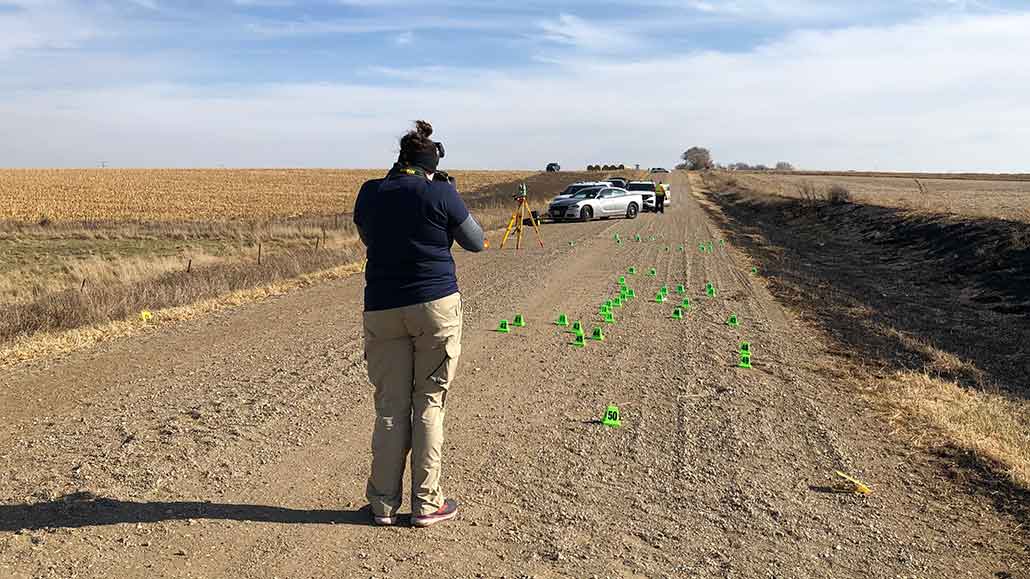
Seeing the invisible
Fingerprints are among the most used — and useful — pieces of forensic evidence. That’s because they’re unique to each individual. Forensic scientists dust for fingerprints. The powder they use binds to fatty acids and amino acids left behind by a finger’s touch. An analyst then compares the print with others in a national database. Anyone fingerprinted in the past should be in the system. If one of those people has now left prints at the scene, the analyst will know who it was.
Because fingerprints are such a good source of identification, criminals sometimes try to remove them. They might wipe down everything they touched. They may even go so far as to clean surfaces with bleach or some other chemical. Once that’s happened, typical fingerprinting methods no longer work. But a new system called RECOVER can find those prints — even when they’re gone from view.
“If you put the prints down on metal — left them just a few minutes — then washed off the fingerprints, we could still retrieve them,” says Paul Kelly. He is an inorganic chemist at Loughborough University in Leicestershire, England. He and his students created the first version of RECOVER. And it happened by accident.
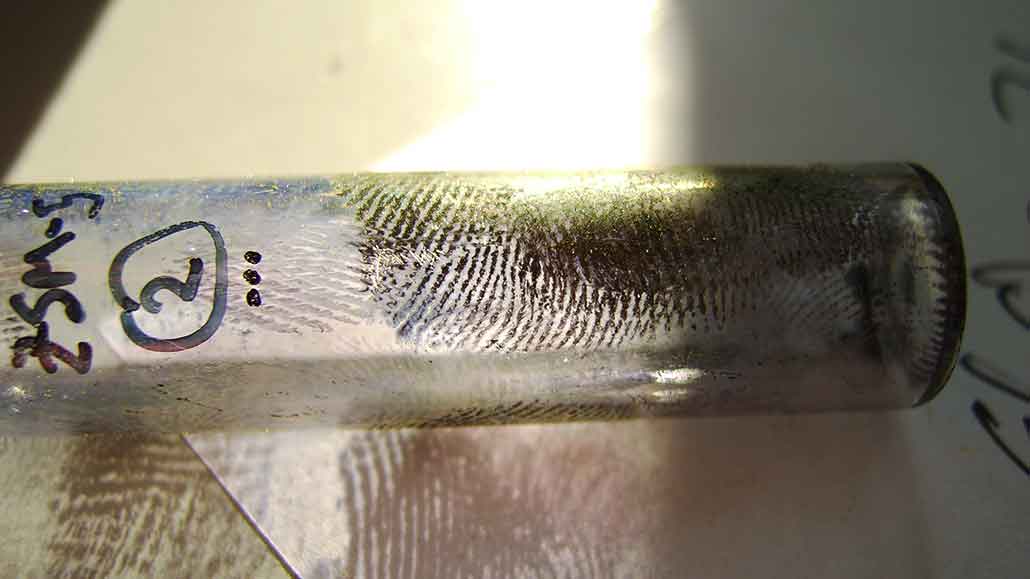
As part of an experiment, they exposed a glass vial to a chemical vapor. A fingerprint appeared on the outside of the vial. They hadn’t been looking for fingerprints, so they could have ignored this one. Instead, Kelly started researching forensic fingerprinting. He learned scientists are always looking for better ways to retrieve prints. So he teamed up with government scientists and security experts to put his lab’s discovery to use.
If you touch a piece of metal, “the components of the fingerprint will corrode the metal surface,” Kelly says. It’s incredibly minor — not enough to see once the visible print is removed. But it’s there.
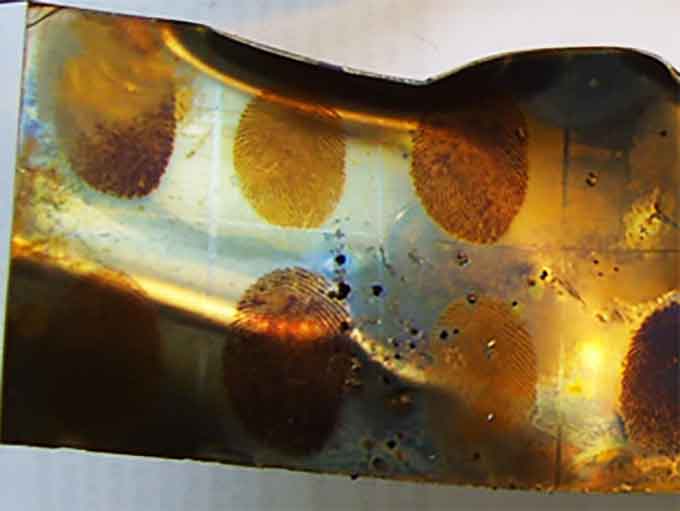
“We did a demonstration where we washed [the print] off almost immediately,” he says. And another where they soaked the metal in bleach for a week. In one extreme case, his team buried it for a week (twice), ran it over with a car and threw it in a pond for another week. But when they exposed each of the metal pieces to the vapor, every loop and swirl of the fingerprints appeared as an intense blue. The vapor polymerizes, Kelly says. By that, he means that individual molecules in the vapor link to each other and to the corroded metal.
One of Kelly’s former students now oversees RECOVER at a company. Called Foster + Freeman, it designs, makes and sells the system to forensics labs around the world. The tool is so powerful, it’s been used to solve cold cases — long-unsolved ones.
Last year, Florida detectives arrested a man after his prints were found on evidence. In 1983, at the time of the crime, those fingerprints had not been visible. But the new system now turned them up, despite the evidence having been in storage for 38 years.
The RECOVER system has been especially helpful in cases involving guns. “Processing a [shell] casing for fingerprints is really hard,” says Hayek. It’s such a small surface. As the gun fires, it’s also exposed to extreme heat. In the past, Hayek has had to choose between swabbing casings to collect DNA or dusting them for fingerprints. Swabbing destroys the fingerprint pattern — but not the corrosion underneath. With the RECOVER system, she now can collect DNA and send the casing to the lab to check for prints.
Solving mysteries
Not all forensics involves a crime. Roy and Suzie Ferguson work for Tennessee Special Response Team A in Sevierville. They help find the bodies of people who have gone missing. Sometimes it’s the result of a crime. Other times, they help search for people after major disasters, such as wildfires or a building collapse.
In November 2016, a number of people died in a Tennessee wildfire in Great Smoky Mountains National Park. One man had been at home talking on the phone with his wife when the signal cut out. She didn’t know if he had escaped the inferno. When she got to their home, she found it had burned to its foundation. The fire had been so hot, the metal wheels on the cars parked out front had melted. No signs of her missing husband remained.
The search and rescue team brought in several K-9 detection dogs. Each of them signaled the presence of human tissue. Authorities then found an extremely small amount of what could be human remains. It “was later identified as the missing individual,” Roy Ferguson recalls.
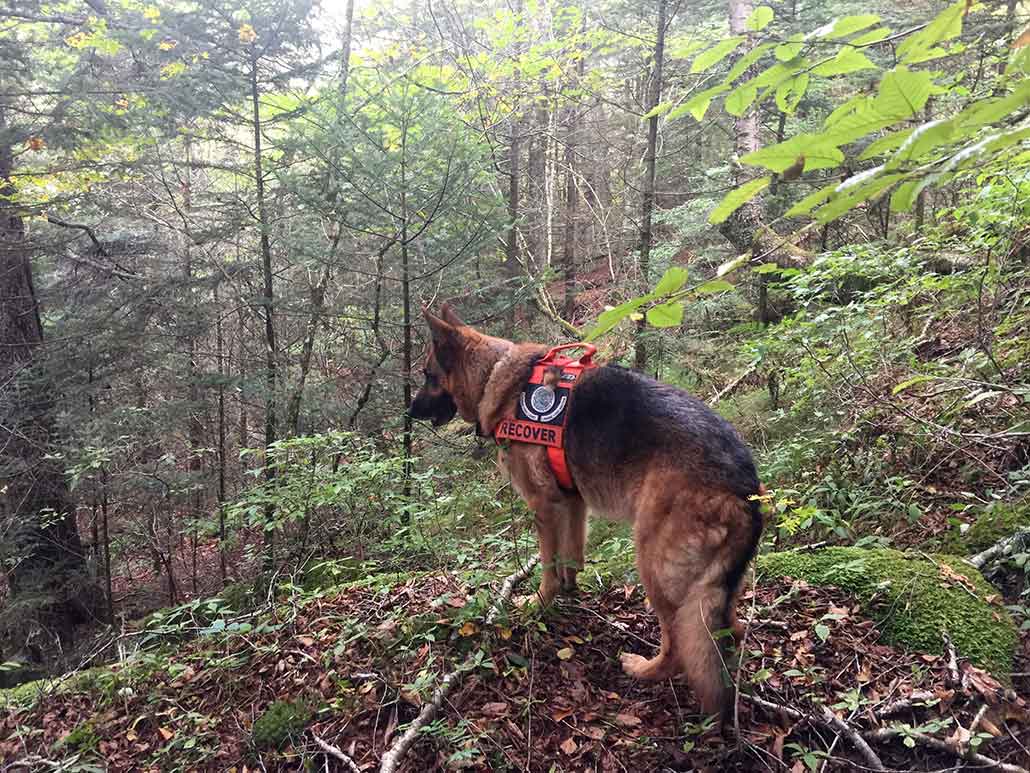
When forensic specialists find a body — or even a small piece of tissue — they have a mystery to solve. What happened to the person? More importantly: Who were they?
Answering both requires knowing the person’s age at death and how long ago they died. It also helps to know the color of their hair, eyes and skin. Sometimes scientists won’t have much to work with. They might have only a skeleton or a bit of blood or body tissue. But recent work by Noemi Procopio is helping to provide some of that important information from just a small sample of bone.
Procopio works at the University of Central Lancashire in Preston, England. A biotechnologist, she runs its Forens-OMICS lab. “My main field of research is in bones,” she says. Her primary focus has been the study of proteins. That’s because proteins last a long time. “When you analyze the full set of those molecules, you put the word ‘omic’ behind it,” she explains. So her field is proteomics (Pro-tee-OH-miks).

“Some proteins have been found in dinosaur bones,” she notes. Even where there’s no DNA, some proteins may have survived.
Procopio’s research has found that proteins change in ways that can help gauge both age at death and time since death. “There’s a connection,” Procopio says, between the breakdown of specific proteins in bones and time since death. As proteins break down, they release individual amino acids. Amino acids are the building blocks of proteins. Those amino acids also undergo changes with time. Some morph faster than others. These changes can be used as a clock to figure out how much time has passed since someone died, Procopio finds.
Changes in the amounts of specific proteins also can help estimate how old the deceased had been.
Procopio recently expanded her research beyond proteins. Her Forens-OMICS lab now studies those smaller protein breakdown products, called metabolites (Muh-TAB-uh-lites). Her group also studies DNA and lipids (fats).
“It’s all connected,” she says. “If you approach the problem from multiple angles, you may reach a better final model” to help estimate time since death and age at death.
“We can do all this fancy science starting from a super-small sample,” Procopio says. “We carve some lines in the bone. And [in] the process of carving these lines, we generate powder. It’s all we need to do all these analyses.” It takes just 25 milligrams of powdered bone — about the weight of a small, downy feather — to study the proteins. Another 25 is enough to look for metabolites. About 100 milligrams will allow her group to study the DNA.
The system is still in the early research stages. But Procopio hopes she and her colleagues will develop kits within the next five years that forensic specialists can use in their labs.
Jump-starting a search
When faced with a body and no clues about who the person might be, analysts can hit a dead end. They need to search databases on missing persons. Knowing someone’s age and when they died helps. Even better to narrow the search: Look only for people with blue eyes, for example, or those with black hair.
In the long-running TV show Bones, which ended in 2017, researchers frequently used fancy equipment to reconstruct a skeleton’s face. This equipment magically gave that face the correct eye, skin and hair color, which made a match fairly quick and easy. But it wasn’t until the last few years that it’s finally become possible to start narrowing down such physical traits from small samples of DNA.
“We each have pieces of our DNA that code for certain aspects of our appearance,” notes Susan Walsh. She’s a forensic geneticist at Indiana University–Purdue University in Indianapolis. Some of those DNA bits change proteins. Others pieces of DNA, or genes, act more like a switch; they turn neighboring genes on or off. Walsh and her team have identified 41 genes that affect eye, hair and skin color. Within those genes are variations. Some lead to blue, brown or intermediate eye color. Others to blond, brown, black or red hair. Still others to the range of skin tones found in populations around the world. Some genes affect two or three of these traits.
Using that information, Walsh’s team has created what it calls the HIrisPlex-S system. This free online tool allows forensic specialists to input their DNA data. The system then calculates the probability that the unknown person has a particular eye, hair and skin color. This can narrow the search among missing persons, making it easier to identify a body.

The HIrisPlex-S system also works to analyze blood or DNA found at a crime scene. The forensics team might extract DNA and compare it with the national DNA database. But often “people who do these crimes have not been arrested before,” Walsh notes. “So there is no match.” Running HIrisPlex-S can help to focus the investigation. It can tell detectives to interview people with a specific set of physical characteristics, so they don’t waste time chasing down fruitless leads. That can be useful when witnesses report seeing very different people at the scene.
Keep in mind, Walsh says, this system isn’t perfect. It’s accurate at predicting all three coloring traits about three-quarters of the time. It works best at predicting black or red hair, blue or brown eyes, and pale versus very dark skin. “It will make mistakes,” she says. Especially if someone’s at the border of a color category: hazel or green eyes, for instance. Or pale skin that tans easily. Even someone whose hair has darkened with age. But it has been successfully used to guide investigations in Europe and the United States. And it gets answers from just six cells’ worth of DNA.
Advances in forensics are ongoing, and these researchers are excited about what’s in store. With the new tools, says Walsh, “You can make a difference in using science. And you can help people.”
Hayek agrees. “It’s one of the most oddly rewarding things you can do,” she says of forensics. “It’s not glamorous and it’s not happy. But it’s so rewarding. By using these careful and methodical techniques of forensic processing, we’re able to provide answers” where none might have been possible even a few years ago.







